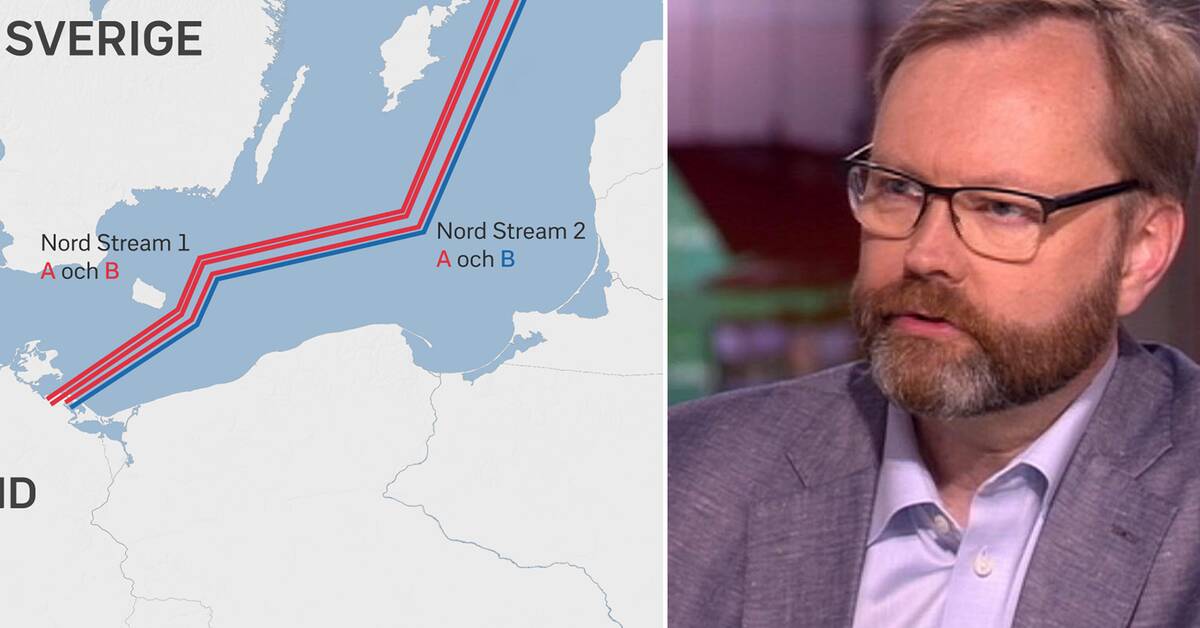The security police states that there have been detonations at Nord Stream 1 and 2 in the Swedish economic zone.
However, there is no mention of the number of blasts.
- Carrying out this sabotage points to the vulnerability of this type of facility and it is a way of exerting pressure in itself: "This is what we can do against you!", says Niklas Granholm, research leader at the Total Defense Research Institute (FOI). .
One of four wires intact
However, the Danish state Energy Agency stated on Wednesday that one of Nord Stream's four pipelines, Nord Stream 2 Line B, is not damaged - despite the heavy explosions.
- If one of the four gas pipes is intact, it gives Russia opportunities to exert pressure on the importers - that is, Western Europe, says Niklas Granholm.
The Danish Energy Agency's twitter account Photo: Twitter 5 October 2022
"Press to open"
The other three pipes: Nord Stream 1 Line A and Line B and Nord Stream 2 Line A are said to be unusable after the detonations.
The information means that Nord Stream 2 may be able to be opened, even though it was never approved by German authorities at the turn of 2019/2020 due to American sanctions.
- We had Nord Stream 1 in operation, while Nord Stream 2 was never commissioned.
This could be another pressure with the aim of forcing Germany to open Nord Stream 2 – a pipe anyway, if it turns out to be intact, says Granholm.
Three of Nord Stream's four lines are destroyed according to the Danish Energy Board (marked in red).
The illustration does not mark exact drawing.
Photo: Graphics SVT
Sensors were phased out
In recent decades, the role of the oceans has changed with oil and gas pipelines, telecom cables on the seabed, offshore wind power.
The detonations illustrate the vulnerability clearly, says Granholm.
- Many of the sensor systems we had built up in the 1980s were phased out.
The status of them right now, I can't say anything about.
However, the fixed underwater surveillance systems are surrounded by high secrecy.
During the Cold War, lines with underwater microphones (SOSUS) were laid out in parts of the Baltic Sea, as reported by SVT.
- This applies to both ships and submarines flying sensors and the fixed ones.
The solid ones were mostly closer to the coast and the ice archipelagos, but were also out at sea, says Niklas Granholm and continues:
- Even though the authorities scaled back the volume and capacity of these systems, research continued in Sweden and internationally.
With 25 years of development, they are significantly more advanced than they were then.

